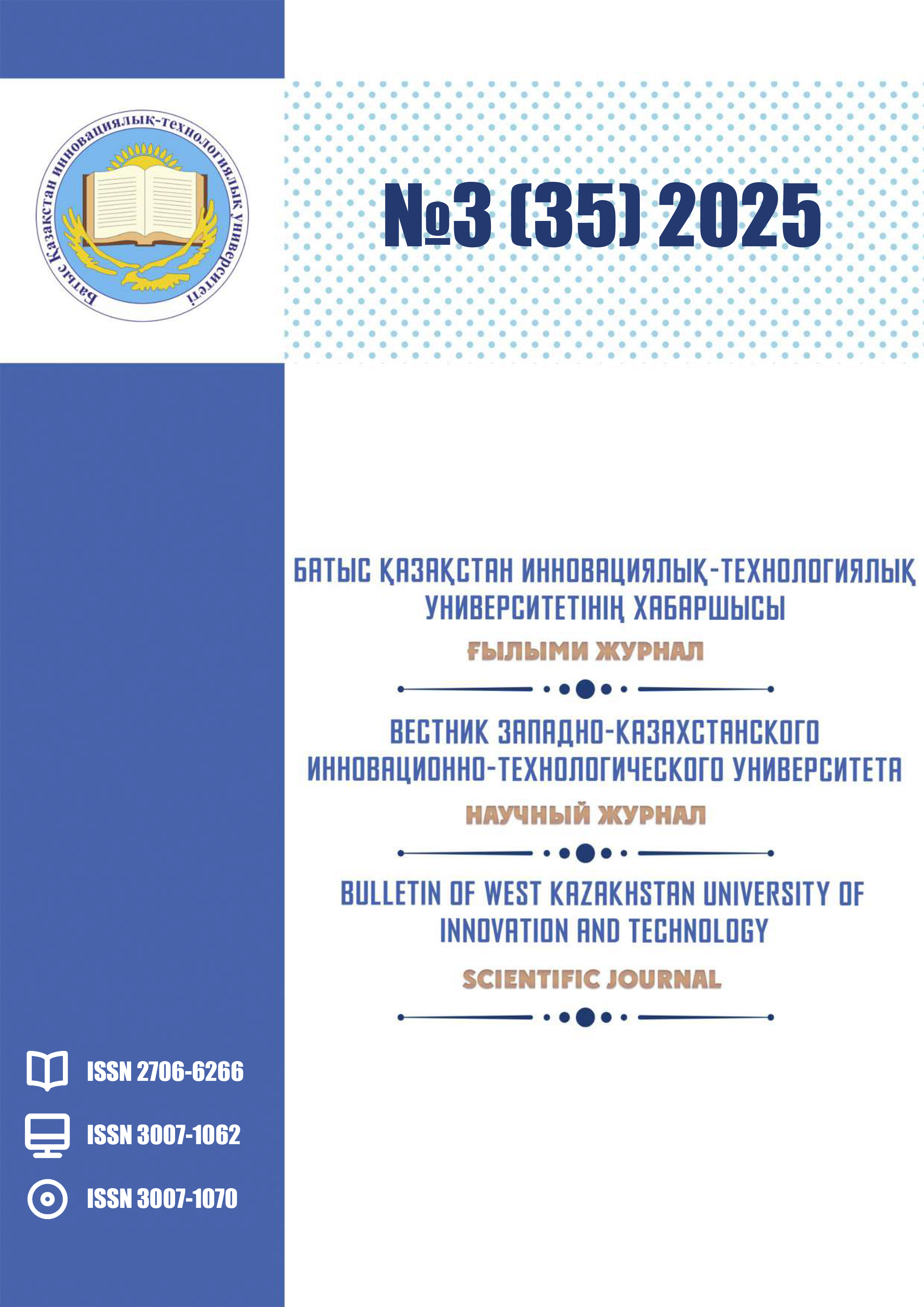GENDER FEATURES OF KAZAKH SPOKEN LANGUAGE
DOI:
https://doi.org/10.62724/202530206Keywords:
gender linguistics, speech features, male speech, female speech, non-verbal means, ethnolinguistics, Kazakh worldview, cultural code.Abstract
This article provides a comprehensive examination of the historical, cultural, and social foundations of gender features in Kazakh spoken language. The main objective of the study is to identify the structural, semantic, pragmatic, and non-verbal aspects of male and female speech, as well as to reveal their place and function in the national worldview. The research employs a set of methods, including content analysis, comparative, sociolinguistic, cultural-historical, and etymological approaches. Based on oral folklore, folk texts, literary works, and ethnolinguistic sources, the article systematizes the manifestation of gender differences in the language.
The findings of the study demonstrate that the social roles of men and women in Kazakh society are clearly reflected in their speech styles, vocabulary, and non-verbal means of communication. Male speech is characterized by brevity, precision, and assertiveness, while female speech is distinguished by gentleness, emotional expressiveness, and politeness. Moreover, the gender-related content found in proverbs and phraseological units embodies the national cultural code and social stereotypes. It is noted that in modern society these distinctions have become less rigid and are acquiring new features in contemporary communicative environments such as social networks and professional discourse.
The results of the research can be applied in ethnolinguistics, sociolinguistics, cognitive linguistics, cultural studies, folklore studies, as well as in language teaching methodology.

